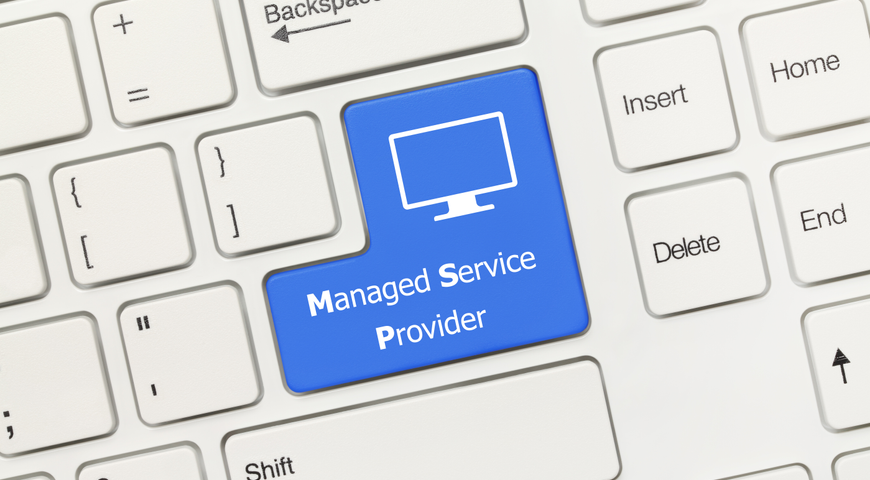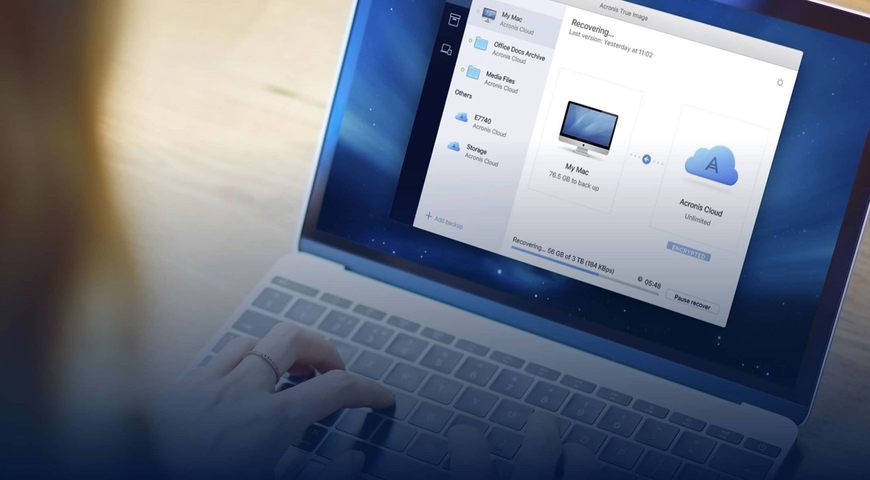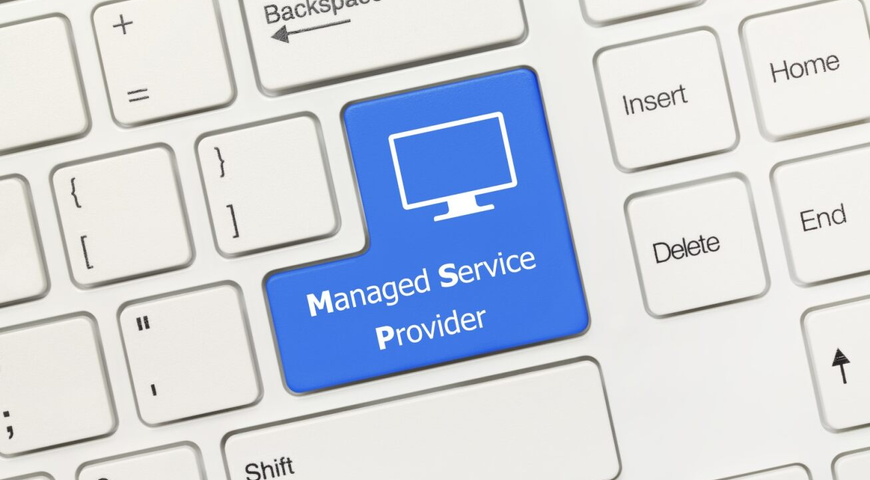
By Patrick Hurley, Vice President and General Manager, Americas, Acronis
Are you ready to take your managed service business to the next level but don't have enough time or the resources to do it? When an MSP is in growth mode, it can be overwhelming. However, with the opportunity to capitalize on continually increasing IT spending and demand for managed services, expansion plans are essential.
A recent study by Spiceworks Ziff Davis suggests that more than half (51%) of companies plan to raise their technology budgets in 2023. In addition, the expected spending on managed services will rise to 18% of that outlay in the new year — up from 15% in 2020.
Despite global economic uncertainties, now is the perfect time to scale MSP businesses. While that process can be challenging and time consuming, the return on investment and long-term opportunities of those advances can make the effort worthwhile. The good news is that there are several things MSPs can do to streamline the process and save time and money.
Here are a few tips to get you started:
1. Develop a plan
The first step in the process is to commit to a strategy. That plan should be well structured with clear tasks, responsibilities and timelines and include critical information, including:
- A business summary with the organization’s mission, objectives, core values, pricing structure, budgets, and a high-level overview of services and product offerings.
- A brief overview of each team member's responsibilities, skillset, and experience level.
- Clear goals for the organization.
MSPs can use that strategic plan as a guide for every decision affecting the business, its employees and clients. If environmental or organizational changes occur, as they typically do, providers can make the appropriate adjustments.
2. Increase fees for new clients and services
A proven best practice for elevating margins and revenue without adding new expenses is to raise rates in specific areas. With economic uncertainties in the new year, some clients may be sensitive to certain price increases, so MSPs may be reluctant to address their fee structure. However, that still leaves the doors open to raising rates higher for new customers and when adding services added onto existing contracts. Generating a fair amount of incremental income from these growth opportunities helps pay the bills without losing existing clients.
For example, an MSP could raise rates by 15% for renewals and 20-25% for new customers. In addition to improved margins, providers can elevate their position in the market to attract premium clients.
A note of caution before raising fees: consider adding additional products or services in renewal offers to ensure the rate increases are palatable. The target price increase must be feasible for all parties involved in the transaction. Performing a market analysis before changing an MSP’s rate cards will help determine if the market will support higher prices (at least at this time).
3. Implement professional services automation (PSA) software
Organization is essential for saving time and money and realizing growth objectives. PSAs provide a one-stop shop to manage client information, inventory, billable hours, and time off requests and direct other core business processes such as projects, resources, time and expenses.
These tools may include CRM tracking and sales and ticket system/helpdesk management.
MSPs need to understand their business goals prior to automation. Setting key objectives and optimizing processes before inputting that information in a PSA will ensure the best use of company resources.
4. RMMs are essential
Remote monitoring and management tools allow MSPs to manage client devices, servers and networks from afar using a central dashboard. These systems let solution providers deliver 24/7 availability without hiring additional staff or incurring a lot of overtime expenses. In turn, this round-the-clock support improves incident response rates, customer satisfaction and retention rates.
MSPs must choose an RMM solution that's flexible and integrates into their PSA tools. Those connections make it easier for providers to deliver reliable and secure support.
5. Implement tools to optimize cash flow
Knowing the amount of money flowing in and out of an MSP business is critical for growth. Without constant attention, even the most successful providers can run into cash flow issues, especially when onboarding multiple clients simultaneously.
Payment and accounting applications can help MSPs regulate and improve their financial health. They allow providers to track funds flowing through the business, manage billing and collections, and make more insightful long and short-term financial decisions.
Execute the plan
Scaling an MSP can be a complex and overwhelming process. With effective plans and tools, providers have more elasticity in their activities and can do more with fewer people and smaller budgets. An effective scaling strategy takes the pressure off margins and support staff.
MSPs can more readily scale their operations by implementing tactics geared toward profitability, systemization, cash flow management, and client service and engagement. That’s a great way to add value to the organization while continuing to meet high standards with customer support.
About Acronis
A Swiss company founded in Singapore in 2003, Acronis has 15 offices worldwide and employees in 50+ countries. Acronis Cyber Protect Cloud is available in 26 languages in 150 countries and is used by over 20,000 service providers to protect over 750,000 businesses.




